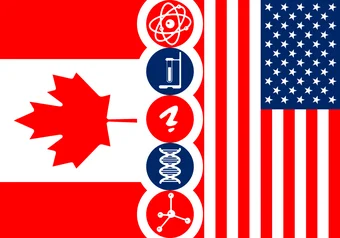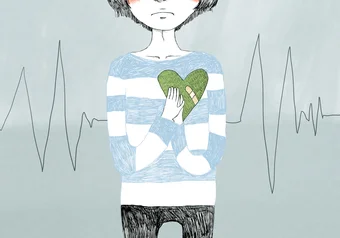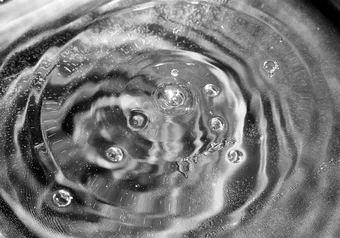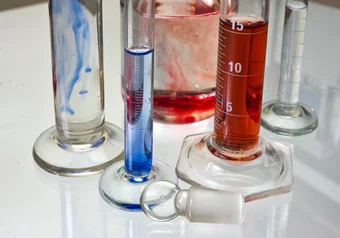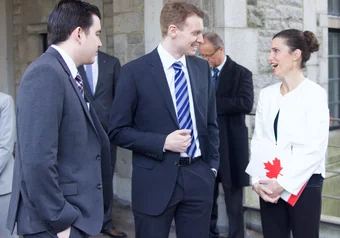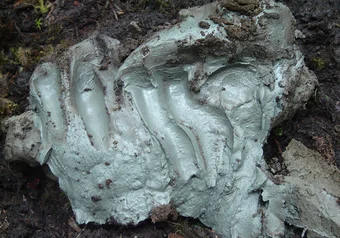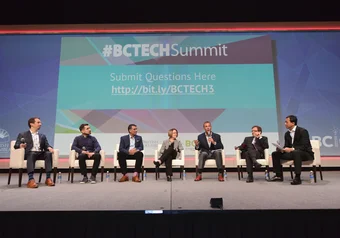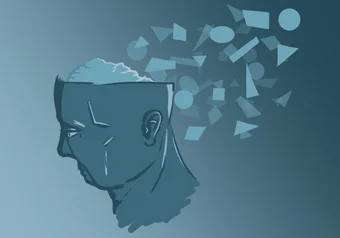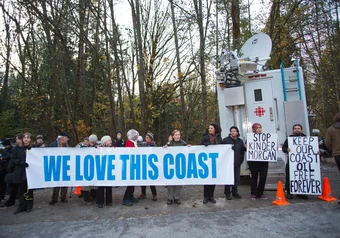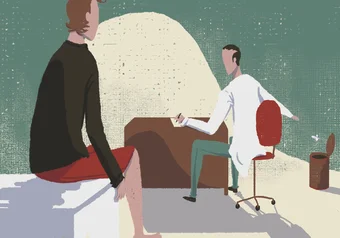Of all childhood cancers, medulloblastoma is the most common. Attempts to develop targeted drug treatments against the disease have mostly been unsuccessful and a recent study from UBC may have found an explanation why.
Search the Archive
Do you consider yourself better at science than the average American? In 2014, the National Science Foundation released its report on science and technology, which included a set of 11 questions designed to test America’s scientific knowledge.
If you are into computers or gaming, chances are you know what a hackathon is. If not, it's a competition where developers work together over the course of several days to produce a prototype to be presented on the last day of the hack.
February is heart health month. So what do you need to know about heart health? As the central organ in our circulatory system, the heart is vital to our overall health and nearly everything that that goes on in our bodies.
Imagine a piece of PlayDoh with two marbles in it. If you stretch the clay, the distance between the marbles increases. If you squish it, the distance decreases. That's what gravity waves do, but with nothing pushing or pulling the clay.
At some point in students’ academic careers, many people contemplate volunteering in a lab. What many students don’t realize is that many professors are on the lookout for enthusiastic, willing and able students to participate in their research.
UBC received $27 million today appoint 31 professors as Canada Research Chairs. The announcement was made this morning by Kirsty Duncan, Member of Parliament and Minister of Science. Across Canada 305 Chairs were appointed.
UBC research has found that Kisameet Bay clay, found on the central BC coast and used as medicine by the Heiltsuk Nation for generations, is able to kill several antibiotic-resistant bacteria named the ESKAPE pathogens.
The BC Tech Summit, a two-day event that took place at the Vancouver Convention Centre on January 18 and 19, presented some of the latest BC technologies, research and further developed business opportunities between different sectors.
Alzheimer’s disease initiatives are starting to come to UBC campus with a student-organized initiative, All Against Alzheimer’s. The initiative was started in early September and a team has been working on it since to bring the club to life.
Imagine a life in which forgetting things is no longer just a minor annoyance, but a daily struggle. Imagine living with the knowledge that your memory is slowly eroding and that eventually you won’t be able to recognize the people closest to you.
According to recent study, First Nations’ fishery catches could collapse by almost 50 per cent by 2050 as a result of climate change, further endangering the food and economic security of indigenous communities along coastal British Columbia.
A floating concrete canoe might seem like a paradox, but the UBC Concrete Canoe team assure that, “yes, it floats!” Now in its third year, the team is in the middle of constructing a sleek and lightweight concrete canoe that is less dense than water.
Jaymie Matthews, UBC professor and astrophysicist, has co-authored a paper on a new method of measuring the gravitational field of stars that could lead to more accurate understandings of the planets orbiting them.
Recent funding will allow UBC's Sexual Medicine Program to treat more women who suffer from provoked vestibulodynia (PVD). PVD is a common cause of pain during penetrative sex that affects around 15 per cent of premenopausal women.



